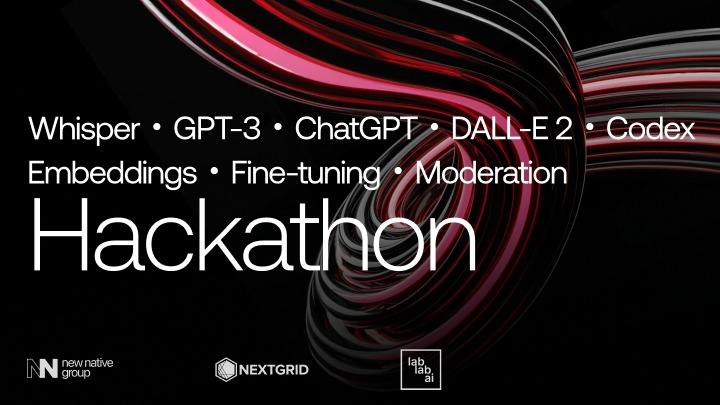
Irfan Saleem@Irfan_ahmad_saleem
is under improvement
13
Events attended
3
Submissions made
Pakistan
2 years of experience
is under improvement
🤝 Top Collabolators
🤓 Latest Submissions
.png&w=828&q=75)
Uncovering Truth
In today's digital age, the spread of misinformation and fake news has become a significant problem. With the increasing use of social media and the internet, it has become easier than ever to spread fake news and manipulate public opinion. As a result, it has become crucial to verify the accuracy of news and information before it is shared widely. This is where artificial intelligence (AI) comes in. AI-powered models have the ability to analyze vast amounts of data and detect patterns that may not be visible to the human eye. When it comes to detecting fake news, AI can be used to identify false or misleading information by analyzing the text, images, and videos used in a news article. One of the primary ways AI can detect fake news is by using natural language processing (NLP) algorithms. NLP algorithms can analyze the language used in a news article and detect patterns or anomalies that suggest it is fake or misleading. For example, they can detect changes in tone or language that are inconsistent with the author's usual style or that indicate a lack of credibility. In addition to analyzing the language used in a news article, AI can also examine the sources cited in the article. By cross-referencing the sources with other credible sources, AI can determine whether the information is accurate or not. This can help prevent the spread of fake news by identifying and flagging articles that contain false or misleading information. Another way AI can be used to detect fake news is through image and video analysis. By examining the metadata of an image or video, AI can determine whether it has been doctored or manipulated. This can help identify fake images or videos that have been created to spread false information. Overall, the use of AI in detecting fake news is a crucial tool in the fight against the spread of misinformation. By analyzing language, sources, and media, AI can help identify and flag articles that contain false or misleading information. However
4 Mar 2023

VOICE OUT AI Translation
Voice Out is a revolutionary AI translation assistant that aims to solve the problem of inaccurate and ineffective communication between people from different linguistic backgrounds. In today's globalized world, communication is essential, and language barriers often cause misunderstandings and hinder productivity. Traditional translation software requires the user to speak with high accuracy and clarity to ensure a correct translation, which can be difficult for non-native speakers or in noisy environments. Voice Out uses cutting-edge deep learning algorithms to analyze the nuances of a speaker's voice, identify commonly used phrases, and provide accurate translations in real-time. This enables users to express themselves naturally, even if their grammar or pronunciation is not perfect. Additionally, Voice Out's intelligent learning capabilities allow it to adapt to a user's unique voice and vocabulary, making communication more seamless over time. Voice Out's user-friendly interface displays translations in real-time, allowing users to adjust their speech or ask follow-up questions. It also has the ability to translate both spoken and written language, making it a versatile tool for a wide range of communication needs. With Voice Out, individuals and businesses alike can communicate more effectively and efficiently across language barriers, unlocking new opportunities for collaboration, understanding, and growth.
7 Apr 2023

AI-Powered Recruitment Assistant
A one-stop AI-Powered Recruitment Assistant tool that can: - Parse resumes and extract key skills, experience, and qualifications. - Evaluate candidates by scoring them against job descriptions. - Generate interview questions tailored to the candidate’s skills & job role. - Provide insights into candidate-job fit using AI. Core Features & Workflow 1. Resume Parsing & Skill Extraction 2. Upload resumes (PDF/DOCX). 3. AI extracts name, skills, experience, education, and certifications. 4. Uses DeepSeek NLP for entity recognition. 5. Presents structured data in a Streamlit dashboard. AI-Based Candidate Scoring 1. Recruiters enter a job description. 2. AI compares candidate skills with job requirements and assigns a match score (0-100%). 3. DeepSeek analyzes soft skills based on resume language. Smart Interview Question Generator 1. AI creates dynamic interview questions tailored to the candidate's skills and experience. Example: A software engineer with Python expertise gets "Explain how you handle memory management in Python?" AI-Powered Insights & Bias Reduction 1. Highlights missing skills a candidate needs to develop. 2. Provides bias-free insights (hides personal data like gender, age, and race).
16 Feb 2025
.png&w=640&q=75)

.png&w=640&q=75)



